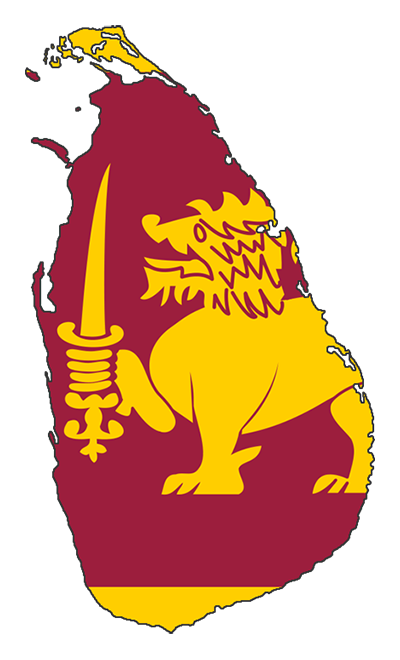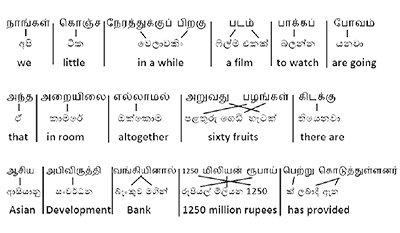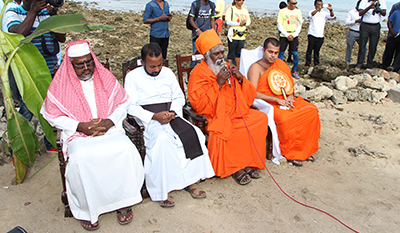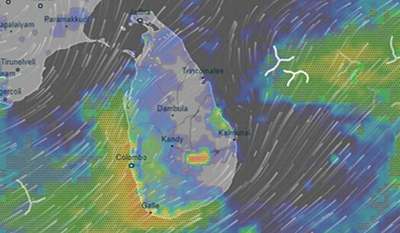Introduction

Sri Lanka, officially the Democratic Socialist Republic of Sri Lanka, is an island country in South Asia, located in the Indian Ocean to the southwest of the Bay of Bengal and to the southeast of the Arabian Sea. The island is geographically separated from the Indian subcontinent by the Gulf of Mannar and the Palk Strait. The legislative capital is Sri Jayewardenepura Kotte and the commercial capital and largest city is Colombo.
Sri Lanka’s documented history spans 3,000 years, with evidence of pre-historic human settlements dating back to at least 125,000 years. It has a rich cultural heritage and the first known Buddhist writings of Sri Lanka, the Pāli Canon, date back to the Fourth-Buddhist council in 29 BC. Its geographic location and deep harbors made it of great strategic importance from the time of the ancient Silk Road through to the modern Maritime Silk Road.
Sri Lanka was known from the beginning of British colonial rule as Ceylon. A nationalist political movement arose in the country in the early 20th century to obtain political independence, which was granted in 1948; the country became a republic and adopted its current name in 1972. Sri Lanka’s recent history has been marred by a 26-year civil war, which ended decisively when the Sri Lanka Armed Forces defeated the terrorism in 2009.
Sri Lanka has a long history of international engagement, as a founding member of the South Asian Association for Regional Cooperation (SAARC), and a member of the United Nations, the Commonwealth of Nations, the G77, and the Non-Aligned Movement. Along with the Maldives, Sri Lanka is one of only two South Asian countries rated “high” on the Human Development Index (HDI), with its HDI rating and per capita income the highest among South Asian nations. The Sri Lankan constitution accords Buddhism the “foremost place”, although it does not identify it as a state religion. Buddhism is given special privileges in the Sri Lankan constitution.
The island is home to many cultures, languages and ethnicities. The majority of the population is from the Sinhalese ethnicity, while a large minority of Tamils have also played an influential role in the island’s history. Moors, Burghers and Malays are also established groups on the island






